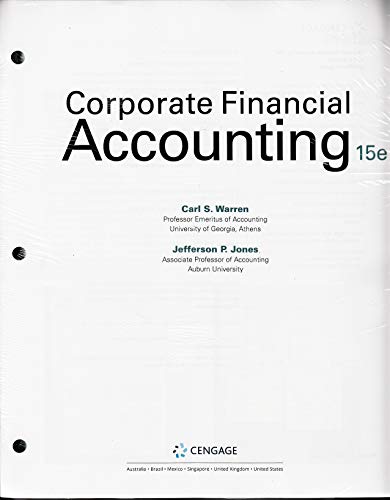Entries into T accounts and trial balance Obj. 1, 2, 3, 4 Marjorie Knaus, an architect, organized
Question:
Entries into T accounts and trial balance Obj. 1, 2, 3, 4 Marjorie Knaus, an architect, organized Knaus Architects on January 1, 20Y4. During the month, Knaus Architects completed the following transactions:
a. Issued common stock to Marjorie Knaus in exchange for $30,000.
b. Paid January rent for office and workroom, $2,500.
c. Purchased used automobile for $28,500, paying $6,000 cash and giving a note payable for the remainder.
d. Purchased office and computer equipment on account, $8,000.
e. Paid cash for supplies, $2,100.
f. Paid cash for annual insurance policies, $3,600.
g. Received cash from client for plans delivered, $9,000.
h. Paid cash for miscellaneous expenses, $2,600.
i. Paid cash to creditors on account, $4,000.
j. Paid installment due on note payable, $1,875.
k. Received invoice for blueprint service, due in February, $5,500.
l. Recorded fees earned on plans delivered, payment to be received in February, $31,400.
m. Paid salary of assistants, $6,000.
n. Paid gas, oil, and repairs on automobile for January, $1,300.
Instructions 1. Record these transactions directly in the following T accounts, without journalizing: Cash, Accounts Receivable, Supplies, Prepaid Insurance, Automobiles, Equipment, Notes Payable, Accounts Payable, Common Stock, Professional Fees, Salary Expense, Blueprint Expense, Rent Expense, Automobile Expense, Miscellaneous Expense.
To the left of the amount entered in the accounts, place the appropriate letter to identify the transaction.
2. Determine account balances of the T accounts. Accounts containing a single entry only (such as Prepaid Insurance) do not need a balance.
3. Prepare an unadjusted trial balance for Knaus Architects as of January 31, 20Y4.
4. Determine the net income or net loss for January.
AppendixLO1
Step by Step Answer:

Corporate Financial Accounting
ISBN: 9781337398176
15th Edition
Authors: Carl Warren, Jefferson Jones





